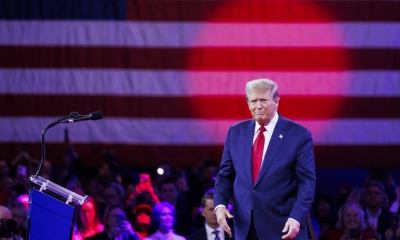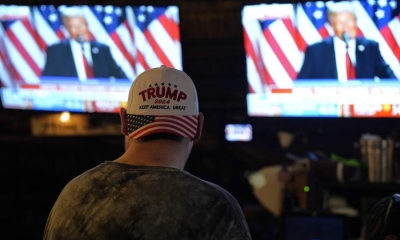Why Does Trump Want to Grab Greenland?
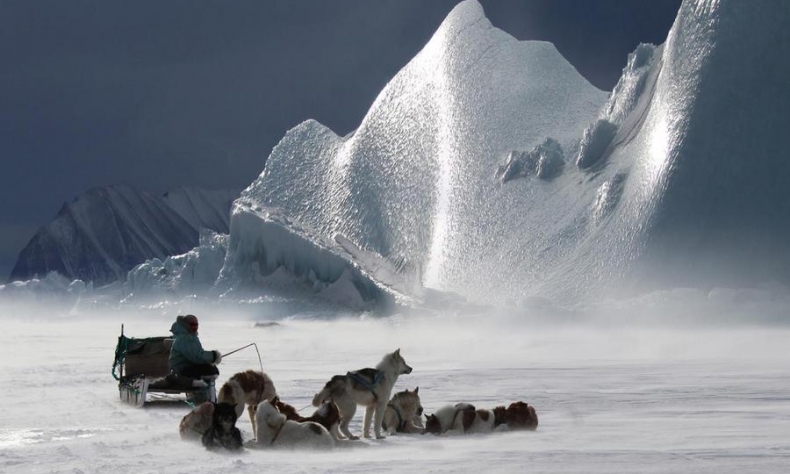
Instead of being the odd man out, the U.S. must sober up, drop the Cold War mentality, put aside hegemonism, and make an effort to promote peace and stability.
United States President Donald Trump has made many remarks that startle the world, such as withdrawing from a number of important multilateral agreements and acquiring new territories. Are his recent comments just his typical bombastic campaign-style rhetoric or is there something else there?
Greenland has been in the spotlight as Trump seems to be determined to acquire it from Denmark. Greenland is an autonomous territory of Denmark with a population of 56,000. It is self-governed for internal affairs and Denmark is in charge of its foreign policy and defense.
Trump has made clear in various statements that he has his eyes on Greenland. He even sent his son, Don Junior, to Greenland in January as a public relations move.
Some remember comments on Greenland by Trump during his first term of office. So, there is no doubt that Greenland is on his mind and has been on his mind for a while. How it got there and who put the Greenland bug in his ear is unclear.
Geopolitics, minerals, and hydrocarbons at stake
But why does Trump cast a covetous glance at Greenland?
It turns out that Trump and members of his administration believe that the United States must control Greenland for U.S. “national security” purposes and for what he calls “international security”. As Greenland is part of Denmark and as Denmark is a member of the North Atlantic Treaty Organization (NATO) one would think that it is perfectly secure.
But no. Conjuring up Russia and China as the “threat” to Greenland and to the Western alliance, Trump stalwarts in his administration exhibit signs of deep concern. The “threat” involves geopolitics which means the Arctic Sea routes as well as Arctic natural resources such as various minerals and hydrocarbons.
“You have Russian boats all over the place,” Trump said on January 19, talking with reporters while signing Executive Orders. “You have Chinese boats all over the place, warships, and they [Denmark] can’t maintain it.”
Denmark’s foreign minister, Lars Lokke Rasmussen, said that no nation can simply help itself to another nation.
“Of course, we can’t have a world order where countries, if they are big enough, no matter what they are called, can just help themselves to what they want,” Rasmussen told reporters on January 21, according to Agence France Presse.
For his part, Greenland’s Prime Minister Mute Egede has said that Greenland is not for sale but that economic relations and business deals with the United States are most welcome. Some U.S. companies have expressed interest in establishing mining operations.
Anders Vistisen, a Danish member of the European Parliament, used some colorful language telling Trump to back off Greenland.
“Dear President Trump, listen very carefully. Greenland has been part of the Danish kingdom for 800 years. It is an integral part of our country. It is not for sale.”
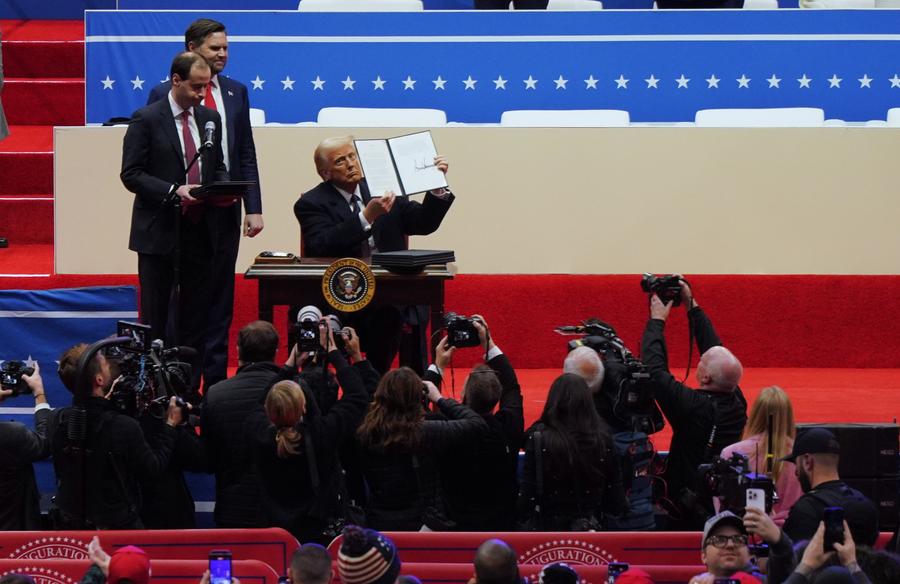
For his part, Trump put it bluntly on January 7, “We need Greenland for national security purposes.”
Going further, Trump said, “People really don’t even know if Denmark has any legal right to it. But if they do, they should give it up because we need it for national security — that’s for the free world.”
As indicated earlier, Greenland falls under Denmark’s membership in NATO. Denmark, therefore, would seem to be a member of the so-called “Free World.”
The use by Trump of the old Cold War term “Free World” is interesting. Members of his new administration are also using the phrase. The formula back in the post-World War II Cold War era was that the United States was the “Leader” of the “Free World” versus the Communist world as in the “Soviet Bloc”.
So, it seems that some combination of Cold War nostalgia and fanciful paranoia is at work in Washington’s “Swamp”. Both Republicans and Democrats exhibit this state of mind which might be dubbed “Swamp Fever.”
Greenland goodies at stake
As noted earlier, Greenland has ample natural resources such as hydrocarbons and minerals.
But the hydrocarbon issue, oil and natural gas, apparently is overrated. For example, back in 2007 it was estimated that Greenland had about 32 billion barrels of oil equivalent. But in 2023, the U.S. consumed an estimated 7.39 billion barrels of petroleum alone.
Another issue with Greenland’s hydrocarbons, aside from environmental considerations, is that the cost of extraction, the “lift cost”, is very high under the climate and geological circumstances there. These considerations led the government in Greenland to proclaim a moratorium in 2021 on all future oil and gas exploration. The government said that “the price of extraction is too high” thus not making it an economically viable option.
So, what else is there on this largest island in the world?
There are reportedly large deposits of various natural resources. These include nickel, gold, zinc, tungsten, and graphite among many more including rare earths for high-tech use.
There are just two active mines in Greenland at present but others are planned.
“We need to trade with the U.S.,” Prime Minister Egede said. “We have the doors open in terms of mining. It will remain that way in the coming years. We have to trade with the United States.”
Washington reportedly has put pressure on Greenland and Denmark to reject mining and development proposals from China. Reportedly, Trump in the past threatened Denmark with punitive tariffs if Denmark does not cooperate with the U.S. on Greenland.
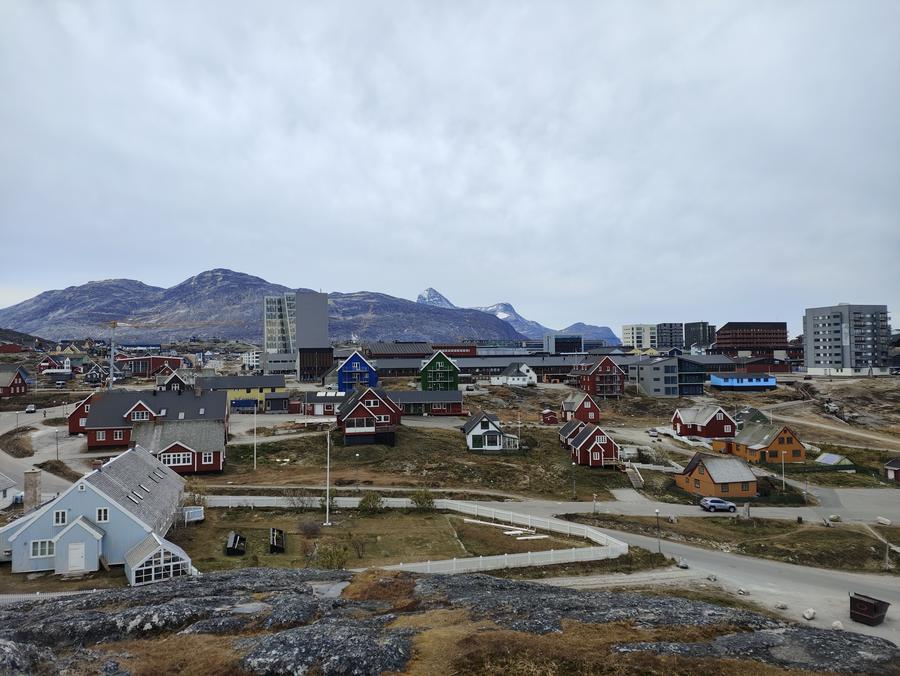
What is ahead?
Prime Minister Egede is trying to arrange a meeting with Trump. It is said that he will tell Trump that Greenland is not for sale but that economic relations would be welcome.
Meanwhile, Trump has already spoken with the Danish Prime Minister Mette Frederiksen who told Trump that Greenland is not for sale.
Reflecting the hegemonic mentality that saturates Washington, Republican Congressman Andy Ogles authored a bill which permits the U.S. to purchase the island.
“We are, quite frankly, the dominant predator,” Ogles said.
It is true that the United States purchased various territories in the past. These include the well-known Alaska Purchase from Imperial Russia, the Louisiana Purchase from France, and several purchases from Spain and Mexico. On the other hand, the U.S. grabbed the Philippines, Cuba, Puerto Rico, and other territories by military means.
It is also true that the United States purchased territory from Denmark. The Danish Antilles were purchased from Denmark in 1917. They are called since then the Virgin Islands consisting of St. John, St. Thomas, and St. Croix. So, Trump’s offer to Denmark is not without historic precedent.
In fact, the United States sought to purchase Greenland in 1947 as the Cold War was heating up. The reasons given were for “national security.” Washington had plans to install a ballistic missile base there. The U.S. did establish an air base in 1951 in Greenland then called the Thule Air Base which was revealed to the public in 1952. The U.S. Air Force and the Strategic Air Command (SAC) wanted the air base for strategic bombers armed with nuclear weapons to target the then Soviet Union.
Seven decades later, here we are again with Washington’s Cold War designs replayed.
As the United States, in relative terms, declines in power, it is realistic and prudent to adopt a foreign policy more inclined toward peaceful and constructive diplomacy than toward military confrontation.
The trend of the times is toward multi-polarity. Instead of being the odd man out, the U.S. must sober up, drop the Cold War mentality, put aside hegemonism, and make an effort to promote peace and stability.
The article reflects the author’s opinions, and not necessarily the views of China Focus.
 Facebook
Facebook
 Twitter
Twitter
 Linkedin
Linkedin
 Google +
Google +




